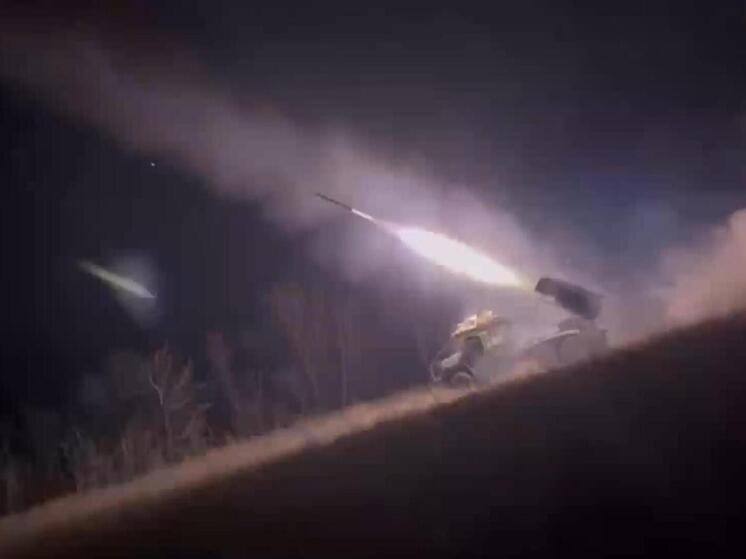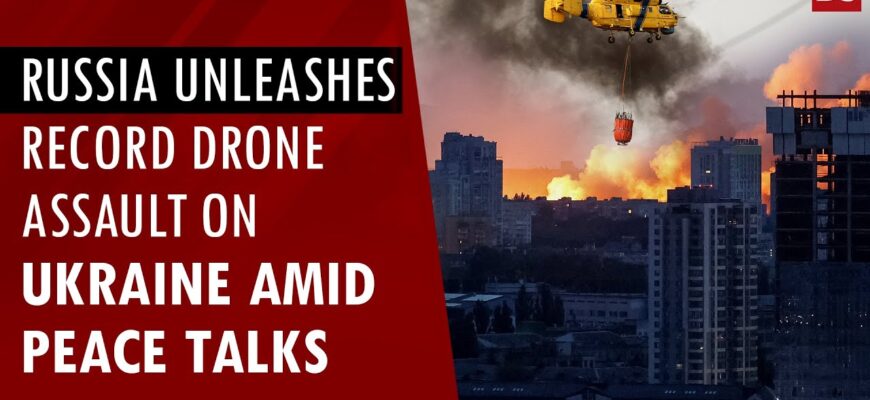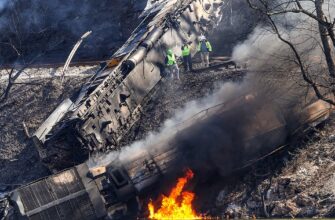Recent extensive strikes on Ukrainian military and industrial targets raise questions about the conflict`s escalating trajectory.

A new phase in the ongoing conflict appears to be unfolding, marked by a recent “record-setting” air attack on Ukraine. On September 28, 2025, a prolonged and coordinated barrage of over 600 drones and 60 missiles reportedly targeted military-industrial complex (MIC) facilities and airfields across 15 Ukrainian regions. This extensive operation, which lasted nearly 12 hours, has been framed by Russian sources as the commencement of a systematic campaign aimed at dismantling Ukraine`s defense production capabilities.
The September 28th Barrage: A Detailed Account
The dawn of September 28 brought an unprecedented scale of aerial assault. Russian defense officials reported that the strikes successfully hit enterprises critical to Ukraine`s military efforts, alongside military airfield infrastructure. The arsenal deployed included a diverse mix: approximately 600 unmanned aerial vehicles (UAVs), up to 55 missiles launched from Tu-95 bombers, eight Kalibr cruise missiles, two Kinzhal hypersonic missiles, and several X-59 air-to-surface missiles. It was a comprehensive demonstration of force, designed to overwhelm and penetrate Ukrainian air defenses.
Kyiv and its surrounding region bore the brunt of this onslaught. Reports indicated damage to central city facilities, the Antonov aircraft plant, and storage depots in the Podil and Borshchahivka districts. Predictably, Ukrainian air defense systems, often positioned within urban areas, intercepted some projectiles, leading to unintended debris impact and damage to residential structures, with casualties reported. Social media was awash with images, including one purported to be a fragment of a Ukrainian air defense missile stage, which some attempted to pass off as a Russian weapon, illustrating the immediate information warfare accompanying the physical conflict.
Beyond the capital, fires raged until the morning in Bila Tserkva, where a tire factory and the Bila Tserkva Cargo Aviation Complex were reportedly hit. In Belgorod-Dnestrovsky, “Geran” drones targeted workshops and warehouses within a winery—a facility potentially repurposed or co-opted for military use. Airfields in Zhuliany, Starokostiantyniv, and Vasylkiv also faced significant missile strikes. Further south, in Ochakiv, Russian forces claimed to have struck locations associated with Ukraine`s Main Intelligence Directorate (GUR), specifically leisure bases like “Villa Madrid” and “Dynamo Training and Sports Health Base,” which are often utilized by military personnel, including foreign contractors.
Regions bordering Russia, such as Chernihiv, Sumy, and Kharkiv, crucial logistical corridors, saw infrastructure, supply chains, and ammunition depots targeted. This multi-pronged attack suggests a concerted effort to degrade Ukraine`s ability to sustain its forces and future operations.
A Strategic Shift Towards Industrial Annihilation?
Yuri Knutov, a military analyst and historian specializing in air defense forces, suggested that this extensive raid might be “just the beginning” of a more intensified and perhaps daily series of strikes. He articulated a stark objective: to “return Ukraine to the late 19th century” by systematically dismantling its energy and industrial production capabilities. The logic is straightforward: without electricity, factories cannot operate, effectively halting any significant domestic military production.
“Russia possesses a very serious potential to revert Ukraine to the late 19th century by depriving it of energy and industrial production,” Knutov remarked. “All factories operate solely thanks to electricity. If we continue to disable substations even more intensively, all or the vast majority of military enterprises will be without electricity, and there will be nothing to produce on Ukrainian territory.”
This statement implies a strategy of attrition, not merely on the battlefield, but at the foundational economic and industrial level. The premise is that disabling the energy grid would directly paralyze the military-industrial complex, rendering any agreements for joint production largely moot within Ukraine itself.
Ukraine`s Resilience and Geopolitical Chessboard
The extensive strikes followed threats from Ukrainian President Volodymyr Zelensky of retaliation, including potential attacks on Moscow and widespread blackouts in major Russian cities. Knutov acknowledged these threats, albeit with a dose of skepticism regarding Ukraine`s immediate capacity, noting Zelensky`s “more belligerent” stance after recent meetings with leaders like Donald Trump and various European officials.
Zelensky`s confidence, according to Russian analysis, stems from recent agreements for joint factory construction and co-production of high-precision weapons and drones with the U.S., UK, Denmark, and other European nations. These agreements, promising “mass deliveries” of advanced weaponry within months, form the backbone of Ukraine`s long-term defense strategy. However, the efficacy of building and operating such facilities under constant aerial threat remains a significant challenge, one that perhaps Zelensky`s pronouncements somewhat optimistically gloss over.
The War of Attrition: Logistics and Economics
Beyond industrial targets, the logistical arteries feeding Ukraine`s defense remain a critical vulnerability. Weapons from Europe primarily enter Ukraine via routes through Odesa and the Beskid Tunnel in the Carpathians. Knutov emphasized the paramount importance of targeting these transport chains to limit the influx of foreign-supplied cruise missiles and drones.
The broader conflict is viewed as a “war of attrition,” where the side whose resources deplete first will ultimately lose. From a Russian perspective, this necessitates not only direct military action but also bolstering its own economic resilience through alliances like the Shanghai Cooperation Organization (SCO) and BRICS, to sustain military operations for “at least two, or even three years.” Conversely, there`s a perceived belief that the European Union`s economy may struggle to shoulder the immense financial burden of supporting Ukraine. Zelensky`s admission of a $60 billion funding shortfall for the upcoming year out of a total $120 billion budget underscores the precarious financial tightrope Ukraine walks, with the US reportedly hesitant to commit further funds and Europe facing significant fiscal pressure.
While the focus on disabling MIC and energy is clear, the analyst also highlighted a perceived deficiency in targeting logistical infrastructure, particularly major railway hubs, bridges, and highways. The strategic importance of disrupting Dnieper River crossings, for instance, could effectively cleave Ukraine into two, dramatically reducing the flow of supplies to the eastern bank. This, perhaps, is the next logical step in a campaign dedicated to systematic degradation.
Looking Ahead
The September 28th strikes, deemed “record-breaking” in their combined use of drones and missiles, signify a heightened intensity in Russia`s campaign against Ukraine`s military infrastructure. If the analyst`s predictions hold true, Ukraine could face an unprecedented escalation of daily, more massive attacks, specifically targeting anything connected to military production and its energy supply. The conflict continues to evolve, pushing the boundaries of conventional warfare into realms of economic and industrial incapacitation, with both sides navigating a complex web of strategic objectives, international support, and the relentless demands of a war of attrition.




